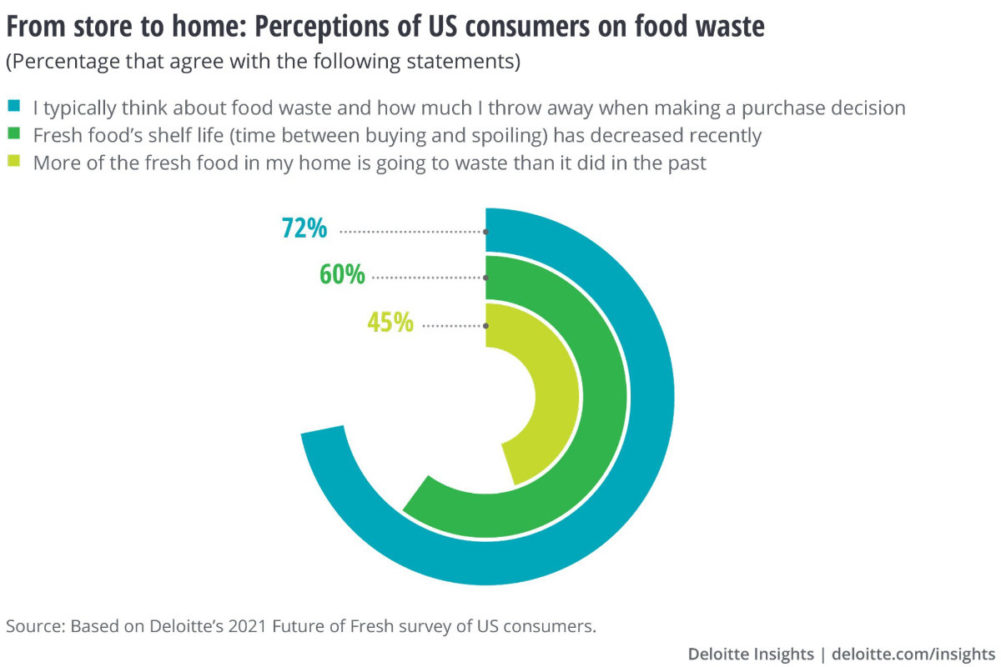NEW YORK — According to Deloitte's third annual report on the future of fresh food, frozen is gaining an advantage in the food fight to capture growth in at-home consumption.
The report, "Fresh vs. Frozen: The Future of Fresh in a Changing Competitive Landscape," describes how consumer behaviors and preferences have shifted amid the larger health, social and economic context, and how food suppliers and retailers can lean into these changes to create new opportunities.
"Fresh food sales are holding up much better than was expected at the beginning of the year. But even in times of great success, companies should look out for where competition may come next,” said Barb Renner, vice chairman, Deloitte LLP, and US consumer products leader. “The industry needs to work out its supply chain issues and reenergize the fresh experience. Suppliers and retailers should also consider leaning into the opportunity in frozen by expanding their product offerings and reimagining the frozen aisle to create excitement and even more growth. Nailing e-commerce and the overall omni-channel approach will be critical as well for future success.”
Key findings from the report include:
- Fresh isn’t as fresh as it used to be. 60% of those surveyed say the time between buying and spoiling has gotten shorter recently. Meanwhile, 3 in 4 consumers say storing frozen food is convenient.
- For 90% of consumers, price continues to be the top purchase driver for fresh. The combination of recent inflation and the perception that frozen food costs less (held by 62% of consumers) is attracting more consumers to frozen alternatives.
- Frozen is perceived to be just as good or even better than fresh by a majority of younger consumers, driven in part by changes in the versatility, quality and healthfulness of frozen substitutes.
- Fresh is still the more attractive option. 90% of consumers say eating fresh food makes them happy, compared to only 40% who say the same about frozen.
While fresh food sales are up, frozen is gaining a greater share of the growth. According to Deloitte, three factors are driving changes across both categories – perishability, price and preference.
Since a lot of consumers aren’t shopping quite as frequently for fresh food as they did pre-pandemic (the frequent shopper group is down 8% relative to 2019), perishable items aren’t lasting as long between trips, and shoppers are concerned about food waste.
Seventy-two percent of consumers think about how much food they throw away when making a purchase decision, and nearly half of consumers (45%) indicate that more fresh food goes to waste at home than in past years.
Price is the most important purchase driver for fresh food, and 82% of consumers believe fresh food prices have increased too much.
In head-to-head comparisons, 40-50% of consumers say that frozen food is just as good or better than fresh.
Deloitte’s report was based on a survey conducted in July 2021 of 2,000 US adults (aged 18 to 70) who influenced fresh food purchases in their households.
Keep up with the latest research and trends.

